34 pages • 1 hour read
Gwendolyn BrooksMaud Martha
Fiction | Novel | Adult | Published in 1953A modern alternative to SparkNotes and CliffsNotes, SuperSummary offers high-quality Study Guides with detailed chapter summaries and analysis of major themes, characters, and more.
Symbols & Motifs
Gray
Gray first appears in Chapter 2, in which brightly dressed children run across a bleak backdrop of gray buildings. Gray is immediately placed in contrast to the lively and energetic children, it continues to be a symbol of dreariness throughout the book. Maud describes her dead Uncle Tim as looking like a gray doll, directly associating the color with death.
Paul and Maud’s first apartment is described as gray, a stark contrast to the lively and polished life Paul promises Maud. After living there for some time, Maud feels that she’s taking on the colors and characteristics of the dreary building:
“She was becoming aware of an oddness in color and sound and smell about her, the color and sound and smell of the kitchenette building. The color was gray, and the smell and sound had taken on a suggestion of the properties of color, and impressed one as gray, too” (63).
The gray life Paul provides stands in opposition to the energy and liveliness at the beginning and end of the novel. It’s significant that when Maud walks away from her housekeeping job, it’s along a blossoming tree-lined street, a clear contrast to the drab disappointments she’s faced because of Paul’s failures.
Related Titles
By Gwendolyn Brooks

A Bronzeville Mother Loiters in Mississippi. Meanwhile, a Mississippi Mother Burns Bacon
Gwendolyn Brooks

A Sunset of the City
Gwendolyn Brooks
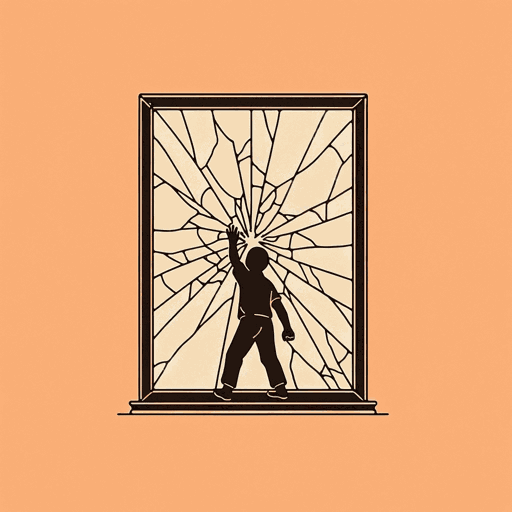
Boy Breaking Glass
Gwendolyn Brooks
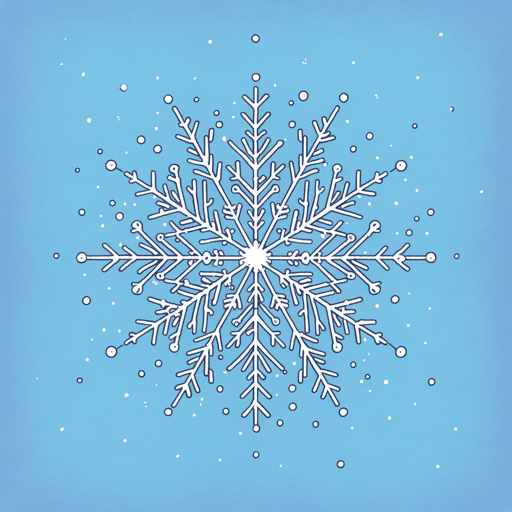
Cynthia in the Snow
Gwendolyn Brooks

my dreams, my works, must wait till after hell
Gwendolyn Brooks

Speech to the Young: Speech to the Progress-Toward (Among them Nora and Henry III)
Gwendolyn Brooks

The Ballad of Rudolph Reed
Gwendolyn Brooks

The birth in a narrow room
Gwendolyn Brooks
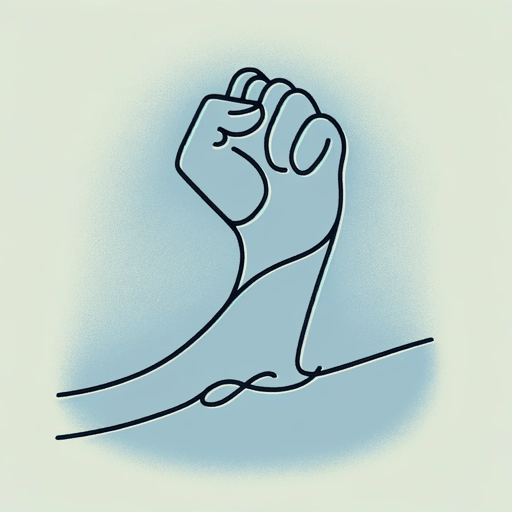
The Blackstone Rangers
Gwendolyn Brooks

The Chicago Defender Sends a Man to Little Rock
Gwendolyn Brooks
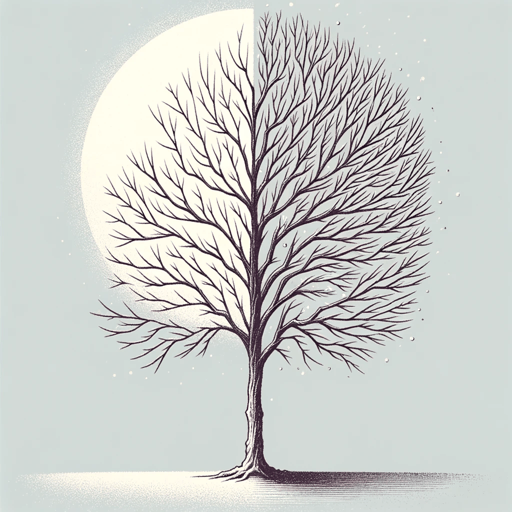
The Crazy Woman
Gwendolyn Brooks

The Lovers of the Poor
Gwendolyn Brooks
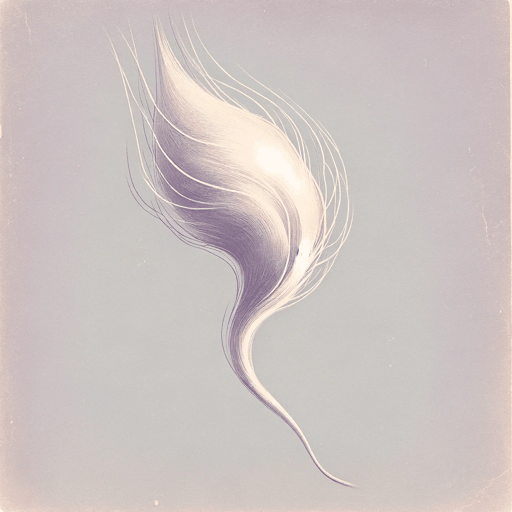
The Mother
Gwendolyn Brooks

the rites for Cousin Vit
Gwendolyn Brooks

To Be in Love
Gwendolyn Brooks

To The Diaspora
Gwendolyn Brooks

Ulysses
Gwendolyn Brooks

We Real Cool
Gwendolyn Brooks

